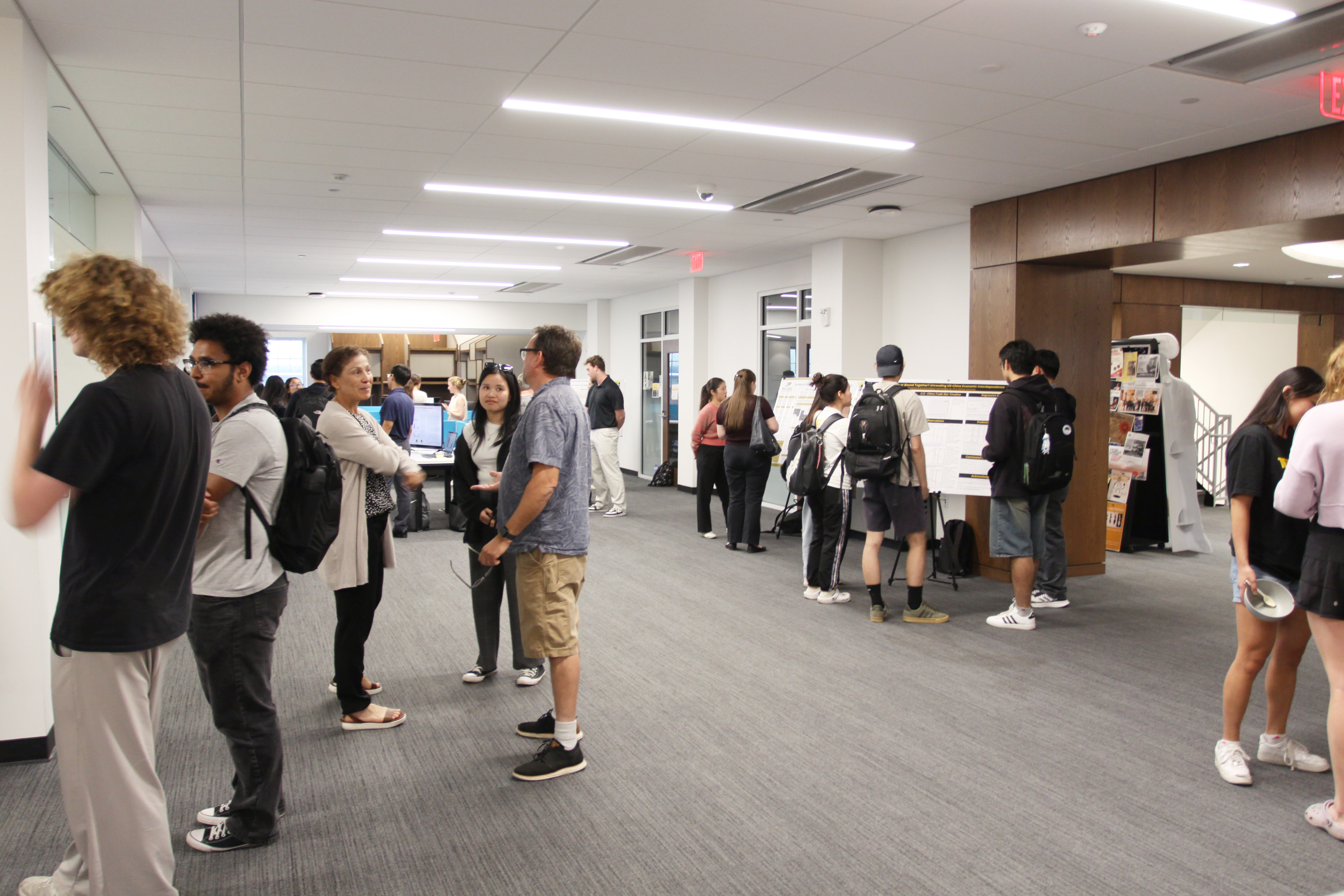Files
Download Full Text (6.7 MB)
Document Type
Poster
Publication Date
Fall 10-2020
Abstract
Studies in non-mammalian models species have contributed significantly to our understanding of the biology and the nature of innervation in the heart. The giant danio (D. malabaricus) is a teleost fish species closely related to zebrafish, that is also capable of heart regeneration. We previously described the development and maturation of the giant danio (GD) heart. However, little is known about its innervation. We hypothesized that the pattern of innervation in the GD heart is anatomically and physiologically complex, and that the heart is responsive to physiological modulation similar to that seen in cyprinid fish and mammals. Using various neuronal markers and electron microcopy, we described the presence, distribution, and nature of nerves in the GD heart. Our study shows first that fine intrinsic cardiac nerve fibers are present throughout the heart chambers. Second, nerve soma and ganglia are highly concentrated at nerve plexuses located near the sinoatrial (SA) and atrioventricular (AV) junctions. However, the volume density of axonal processes located over the ventral aorta_ is highest over the corpus of the bulbus arteriosus. Third, using an ex vivo GD heart preparation, we found that the GD heart responded to both adrenergic and cholinergic agonists, in a manner that mirrors mammalian and teleost hearts. Taken together, our studies show that the GD heart displays complex patterns of innervation, and conserved cardiac physiological responses, and strongly suggest that the GD could be used as a viable model for investigating cardiac biology.
Recommended Citation
Koch, Alyssa; Nelson, Emma; and Lafontant, Pascal, "Cardiac Neuroanatomy and Chronotropic Modulation of the Adult Giant Danio Heart" (2020). Annual Student Research Poster Session. 44.
https://scholarship.depauw.edu/srfposters/44




Funding and Acknowledgements
Alyssa Koch, Emma Nelson, Pascal Lafontant, PhD
Department of Biology, DePauw University, Greencastle, IN
Supported by: DePauw University NIH R15 HD084262-01, NSF-CC 1659259, Martha C. Rieth Faculty Fellowship, Buehler Family Foundation, Faculty Development Committee, and Science Research Fellows Program